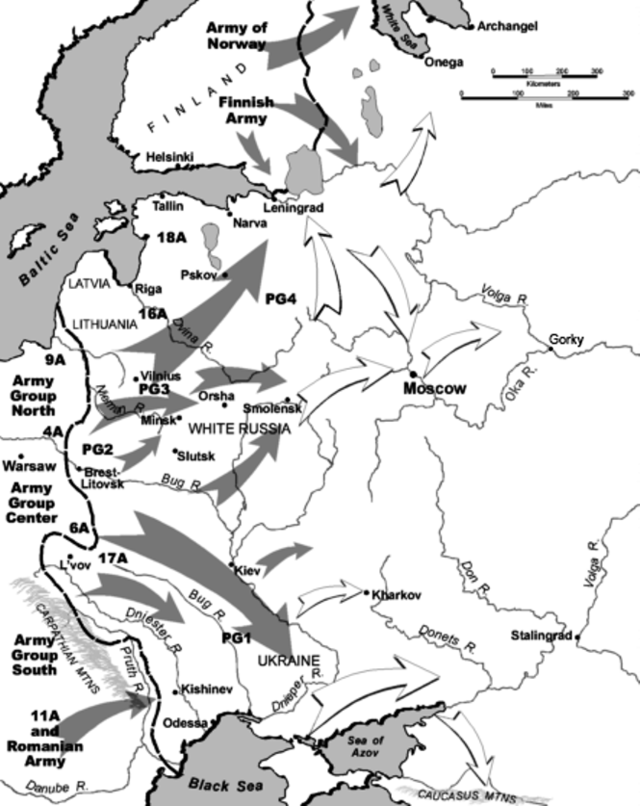Operation Barbarossa stands as one of the most significant military campaigns in history, launched by Nazi Germany during World War II. Named after Frederick Barbarossa, the 12th-century Holy Roman Emperor, this operation aimed to expand German control across the vast territories of Eastern Europe. In this article, we will delve into the details of the Barbarossa plan, its objectives, key players, and the eventual outcome that shaped the course of the war.
Adolf Hitler, the German dictator, envisioned Operation Barbarossa as a means to achieve his geopolitical ambitions. The plan aimed to seize Soviet territories, particularly the oil-rich regions of the Caucasus, and destroy the Soviet Union as a viable military and political force. By eliminating the Soviet Union, Hitler believed he could secure Germany’s eastern flank and obtain vital resources to sustain the war effort.
Operation Barbarossa required meticulous planning and extensive preparations. It involved the deployment of around three million German soldiers, supported by Axis forces from Italy, Finland, Hungary, Romania, and other nations. The operation was divided into three army groups: North, Center, and South. The North aimed to capture Leningrad (now St. Petersburg), the Center aimed for Moscow, and the South targeted Ukraine and the Caucasus.
The Barbarossa plan called for a rapid Blitzkrieg strategy, relying on the element of surprise to overwhelm Soviet defenses and infrastructure. However, the German forces faced several challenges, including the vastness of the Eastern Front, the harsh Russian winter, and the resilience of the Soviet military. Despite initial success, the German advance began to slow down due to supply difficulties and fierce Soviet resistance.
Several notable figures played crucial roles in Operation Barbarossa. Adolf Hitler, as the mastermind behind the plan, provided strategic guidance to his generals. Field Marshal Wilhelm Keitel, Chief of the German High Command, oversaw the execution of the operation. Generals like Gerd von Rundstedt, Heinz Guderian, and Fedor von Bock commanded the army groups, leading their troops into battle.
Operation Barbarossa had profound consequences for both Germany and the Soviet Union. Initially, the Germans achieved significant territorial gains, encircling large Soviet forces and capturing key cities. However, the Soviets, under the leadership of Joseph Stalin, adopted a scorched-earth policy, destroying infrastructure and resources to hinder the German advance. The Soviet winter also took a toll on the ill-prepared German troops.
As the German offensive stalled, the Soviets launched a massive counteroffensive, beginning with the Battle of Stalingrad in 1942. This marked a turning point in the war and the eventual defeat of Nazi Germany. Operation Barbarossa demonstrated the failure of Hitler’s grand strategy and the resilience of the Soviet Union.
Operation Barbarossa, Hitler’s ambitious plan for eastern expansion, aimed to secure German dominance over the Soviet Union and its resources. Despite initial gains, the operation ultimately failed due to logistical challenges, fierce Soviet resistance, and the harsh Russian winter. The Soviet Union’s ability to withstand the onslaught and launch successful counteroffensives turned the tide of the war. Operation Barbarossa remains a stark reminder of the devastating consequences of Hitler’s imperialistic ambitions and the determination of those who fought against them.



















Add Comment